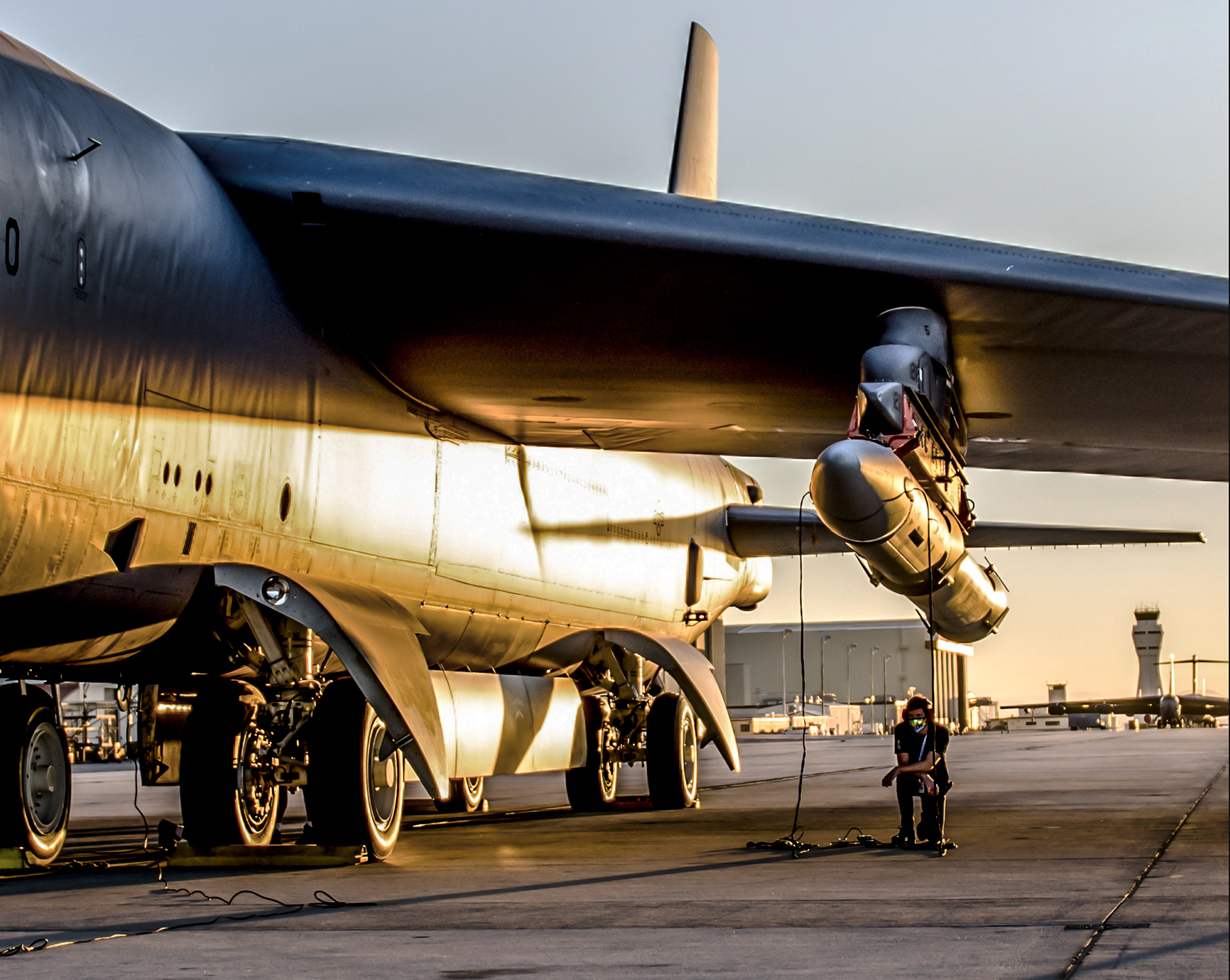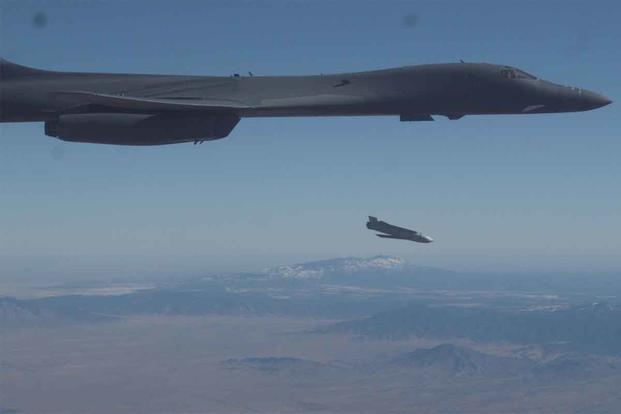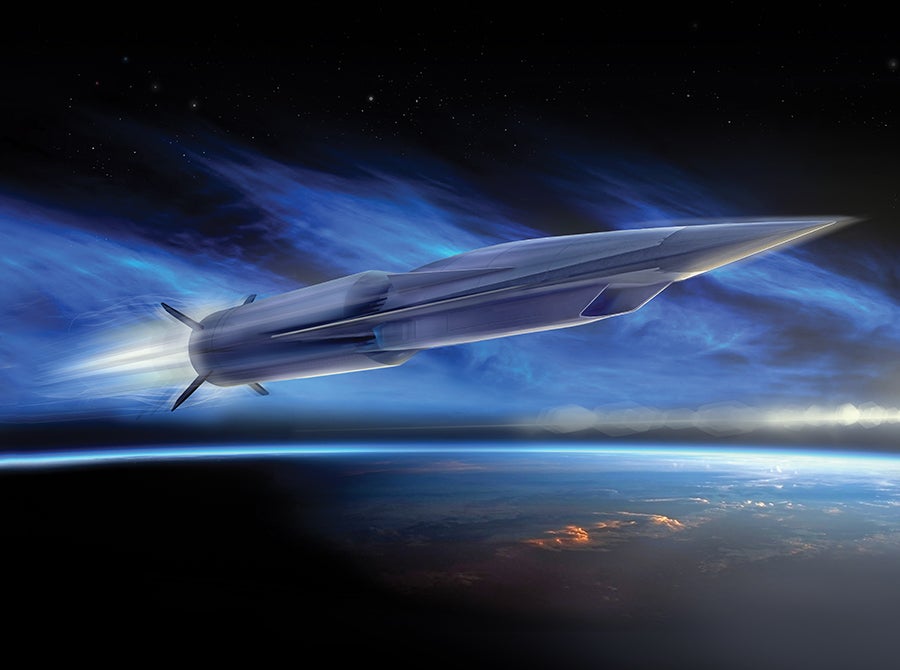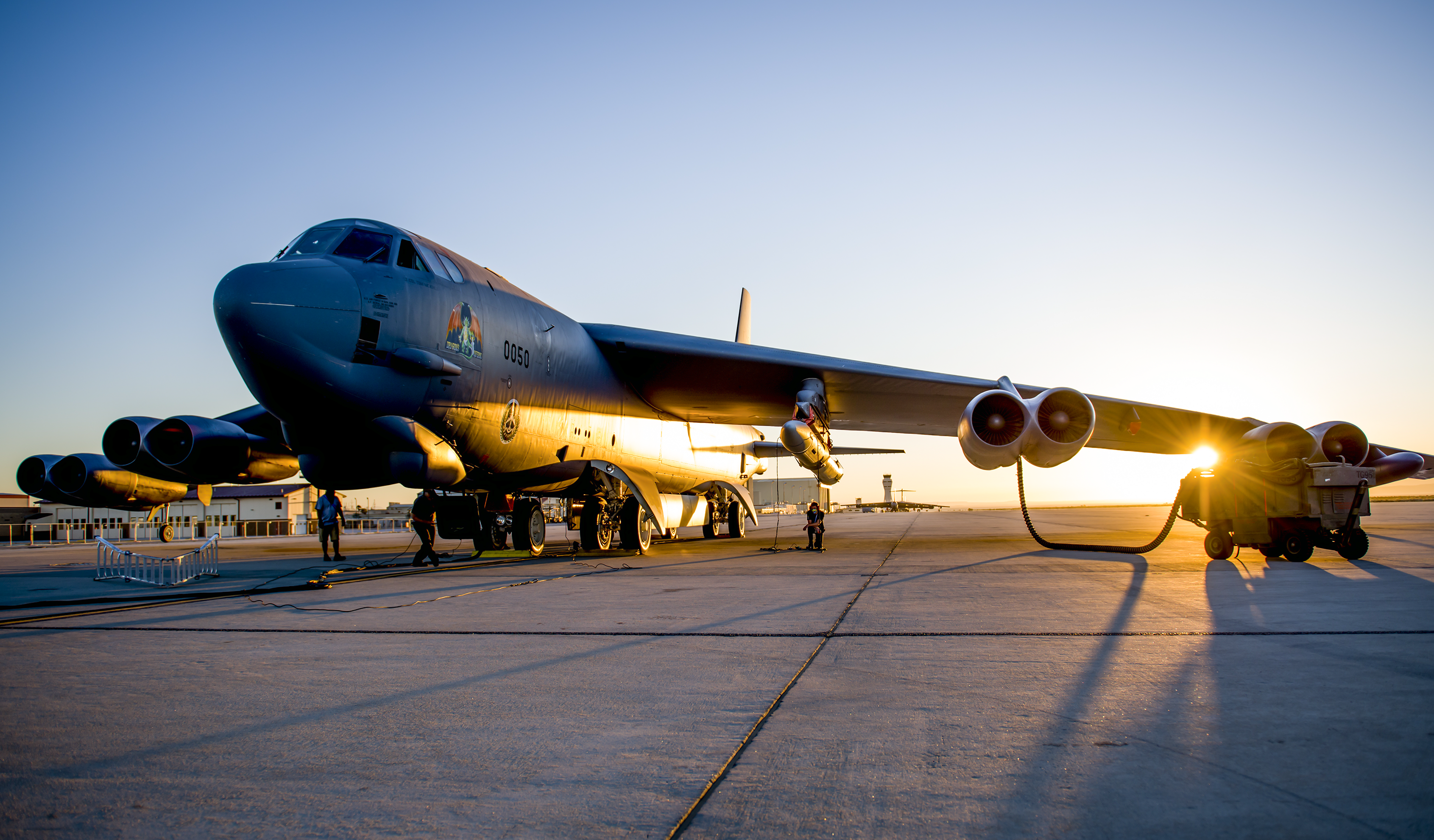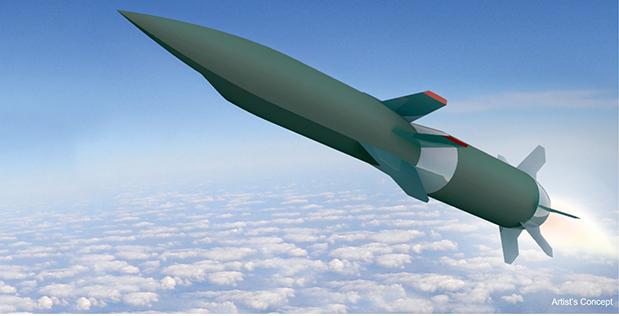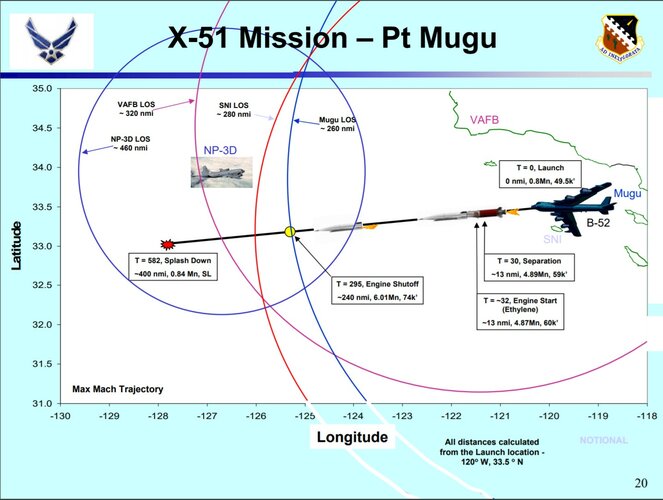Hi
@mkellytx :
And Merry Christmas to you & all here,
You are absolutely correct. That's why I am uncertain why they should not use Stratolaunch for range.
As you put it an air start would be more appropriate to cut fuel cost. But think that with a jet engine and rocket propulsion activated right after takeoff (similar to 1970 Mirage III with rocket booster for example), they could have more than 50000lbs of thrust with a next to 2 t/w ratio.
That's enough for roughly 50/60 000ft per minute...
It will still do for a short mission radius, but might fit the needs for something like an interceptor (if there is any - low orbit included).
Airstart under Stratolaunch:
20 min at Mach 6+ is ~1000N.M range. It should fit in any tactical force employment book (even if the return leg has to be subsonic with jet only).
Please notice that I don't deny the experimental aspect that would certainly remain here. I am not saying that it would be a fully operational aircraft (if it is!). Just that they might want a little bit more from the industry that just another X.
@TomcatViP Mostly we seem to be in violent agreement. There may, however, be a lot of underlying assumptions, knowledge and experience underlying each of our preferences here that make me feel like we might be talking past each other. Given the title of the thread my read is you are looking for a solution that is most like a functioning weapons system. If that's the case, you are correct a hybrid system on a fighter sized demonstrator is closest to an ISR/strike weapons system and could be a good risk reduction for a 100,000 lb. class SR-72 type of vehicle.
Where I think you and I differ is that level of knowledge/maturity/understanding of the aerodynamics, flight dynamics, propulsion integration for airbreathing hypersonic free flight is enough to support a DoD program of record with the data available (X-43/X-51) with acceptable political, programmatic and technical risk. It can be done, the technologies without a doubt can be developed and matured. Can they be developed and matured with an acceptable political, programmatic (cost/schedule/[performance) and technical risk in a single step? No. This is my gut feel based on some interaction with the subject, interaction with some of the players and from working in DoD acquisitions for several years.
The fact that the first batch of urgent need hypersonic weapons developed are all rocket boost with various hypersonic glide/maneuver vehicles tend to verify my gut. Yes, there is funding for airbreathing weapons, however the delivery schedule for those is further to the right, that also backs up my gut on the maturity of the tech.
The political side is pretty self explanatory, look at the start and stop nature of airbreathing hypersonic programs over the last 40 years. Even the successful programs have a mixed record of success compared to the program objectives. This doesn't exactly help if you're a bright major, program officer in the Pentagon trying to get funding for your pet project. Let's not forget either the broader political environment, when X-51 was going on sequestration was all the rage, that doesn't help get funding for the next step.
The programmatic side is also pretty easy to follow. It's not that we can't solve the technical problems, it's can we solve the technical problems with a reasonable cost and schedule. This is where the challenge of integrating 3 separate propulsion technologies is a real challenge. If there are only minutes of powered hypersonic flight data, spending time and money (engineering NRE) on integrating takes away from NRE on the hypersonic problem. Not that these won't need to be done, I just believe given my experience that it's better to solve the hypersonic problem before solving the integration problem. Integration by nature isn't strictly addition, a lot of times it's more like multiplication. Now, designing a gas turbine inlet, GT, exhaust system that can operate from .6M to 3.0M requires some engineering work, it's well understood, but making it work with a ramjet that can work as a scramjet is challenging. Skip the ramjet and use a rocket to cover 3.0M to 4.9M, that adds a third system which now takes up volume and weight cutting into fuel fraction. Integrated rocket scramjet is a viable option, the challenge is coming up with a rocket to fit into the nozzle and combustion chamber that can accelerate from .8M to 4.9M. Very good for a viable weapons system, mature enough to put into a demonstrator in 3-4 years, questionable.
Rocket booster behind the hypersonic vehicle, proven and well understood. Integration here is not as big of a challenge, the demonstrator can focus only on the hypersonic scramjet simplifying the demonstrator to only integrating one propulsion system and solving the problems of free flight with only that single propulsion system. Now, before writing this reply I spent a bit of time going back through my gouge and catching up on hypersonics, Stratolaunch and a bunch of other stuff. The interesting thing I came across was that Stratolaunch is working with NG to integrate Pegasus XL. Recall, the original Pegasus first stage was the booster for X-43, so I spent some time tracking down the Pegasus XL User Guide. The stats for Pegasus XL first stage are 36,195 lb., max vacuum thrust 162,034 lbf and 69 second burn time. A bit bigger than the ATACMS booster X-51 ratio multiplied by 10, but considering Stratolaunch's published launch point is for a 500,000 lb payload launched at 35,000 ft., proportionally the booster will need more smash to cover the greater Δh and the more dense air (ρ @ 35kft = 0.3805 g/L, ρ @ 50 kft = 0.1876 g/L). The combined 30,000 lb demonstrator and first stage is just over 66,0000 lbs (T/W conveniently is 2.45 @ launch).
Finally, the challenge of finding the range space to test this thing. MGen Eichorn's presentation covers this a bit. Curiously, one of the things I vividly remember from my interview with the Director of Hypersonics was reviewing the maps of the supersonic corridors used for the YB-70 as a basis for new hypersonic corridors. There are options here that could work. Fortunately, one of the first principles of flight test is a building block approach to test points. Why do I mention this? Those 1,000 mile swath's of airspace aren't required for the early tests. Building block approach, you'll keep the first tests short, demonstrate basic controllability and ability to accelerate and turn and RTB. Pretty much existing ranges are enough to perform the early tests, if successful it sets the stage for doing longer tests.
Alright, I've written a book now, which I hate doing at risk of boring the readership. This however, is about the most succinct account I can assemble to explain what comes next for airbreathing hypersonics based upon my interactions with the field and the practitioners. Hopefully this is not too much of a bore.



